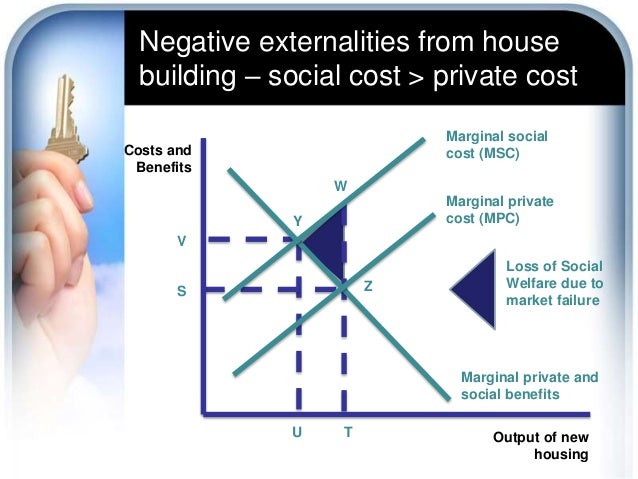
The jcoppens site has an excellent online calculator where you enter the frequency that you want to receive (keep the default 137.5 MHz), and it gives you the required dimensions.
WXTOIMG POOR QUALITY IMAGE HOW TO
There are lots of plans on the Internet for how to build one. I can’t guarantee that would happen with one that you build, but it is something to look out for. My antenna actually turned out to be affected by direction so as I turned it the signal would get stronger or weaker. This means that you shouldn’t need to point the antenna at the satellite – so long as it is above the horizon you should receive the signal. The supposed benefit of this type of antenna is that it can receive signals coming from all directions (omni-directional). The quadrifilar helix antenna used in this article The one I have is shown in the image below and cost around £10. You will need to buy a small device that plugs into the USB port (they often look a bit like a USB flash drive). Put simply “Software Defined Radio” (SDR) is a way of plugging an aerial into your computer and receiving radio waves. Expect around 12 minutes if you have a good view of the horizon.

The more sky that you can see the longer you can receive the signal for.
WXTOIMG POOR QUALITY IMAGE SOFTWARE
You don’t need to memorise the frequencies of each satellite you’ll be reminded by the software that we’ll use.Įach satellite will ‘appear’ (you won’t be able to visually see it obviously) at a point on the horizon, arc through the sky, and then ‘disappear’ at another point. So, the signals that we want to detect aren’t too far away from the standard FM stations that you listen to. That might not mean much to you, but FM radio stations transmit in the 88MHz to 108MHz range. These are NOAA-15 and NOAA-18.Įach satellite transmits on a slightly difference frequency, around 137MHz (megahertz). However, there are several older satellites still in orbit and continuing to transmit. The most recently launched satellite, and the main one in use, is named NOAA-19. There is a group classed as ‘polar orbiters’ that scan the whole surface of the Earth, and so wherever you are they should fly over your head at some point. The satellites that we’re interested in belong to the National Oceanic and Atmospheric Administration (NOAA).

However, the image above shows a realistic starting point and pictures of clouds from a satellite is still pretty amazing. It is possible to get much better results, such as these examples from the University of New South Wales and Dorset Live Weather. Example weather satellite image (from NOAA-18)


 0 kommentar(er)
0 kommentar(er)
